1. The Moon Stealing Souls
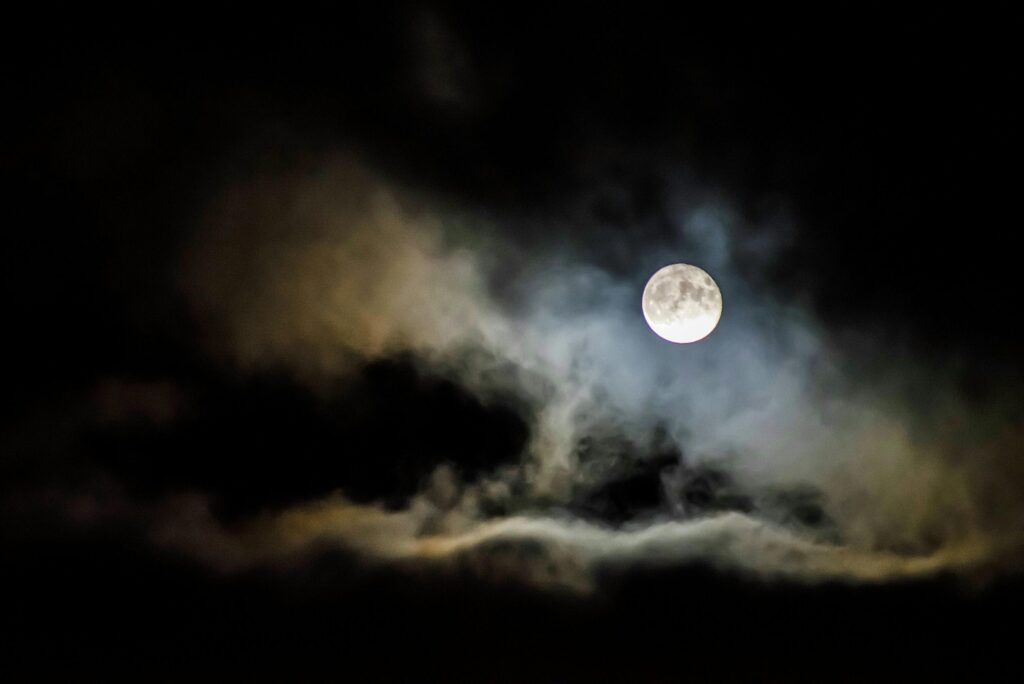
In some cultures, people believed that staring at the full moon too long could cause the moon to steal your soul. Parents warned their children not to gaze directly at it at night or risk being drained of life. This belief turned what should have been a beautiful sight into something ominous and dangerous. Farmers sometimes even covered reflective water troughs so their animals wouldn’t look into the moon’s glow.
The idea grew stronger during eclipses, when the moon appeared strange and shadowed. People whispered that this was when the soul-stealing powers were at their strongest. It made nightfall feel unsettling, with the moon seen as more predator than protector. For many, it turned lunar beauty into a source of fear.
2. Shooting Stars as Death Omens
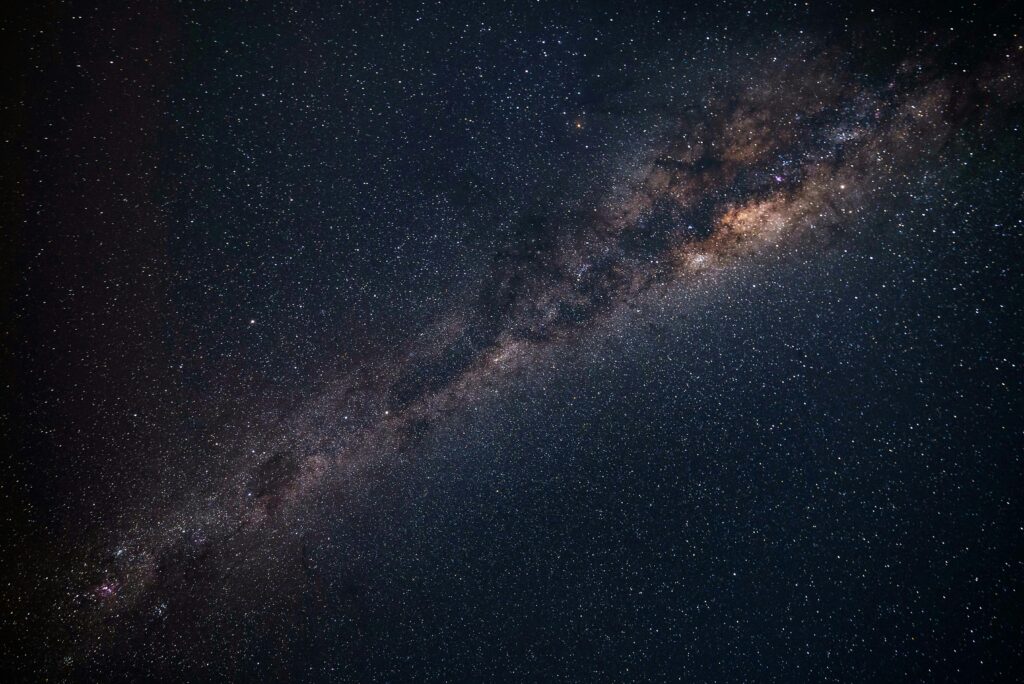
Today we make wishes on shooting stars, but for centuries they carried darker meanings. Many cultures believed that a falling star meant a soul had just died or was about to. Villagers would see the streak of light and immediately think of who might be next.
Some thought it was an actual soul leaving Earth and making its way to the heavens. Others worried it meant sickness or war was on the horizon. People tried to protect themselves with charms or whispered prayers when they spotted one. Rather than joy, a shooting star once meant dread of loss.
3. The Sky as a Canopy of Holes
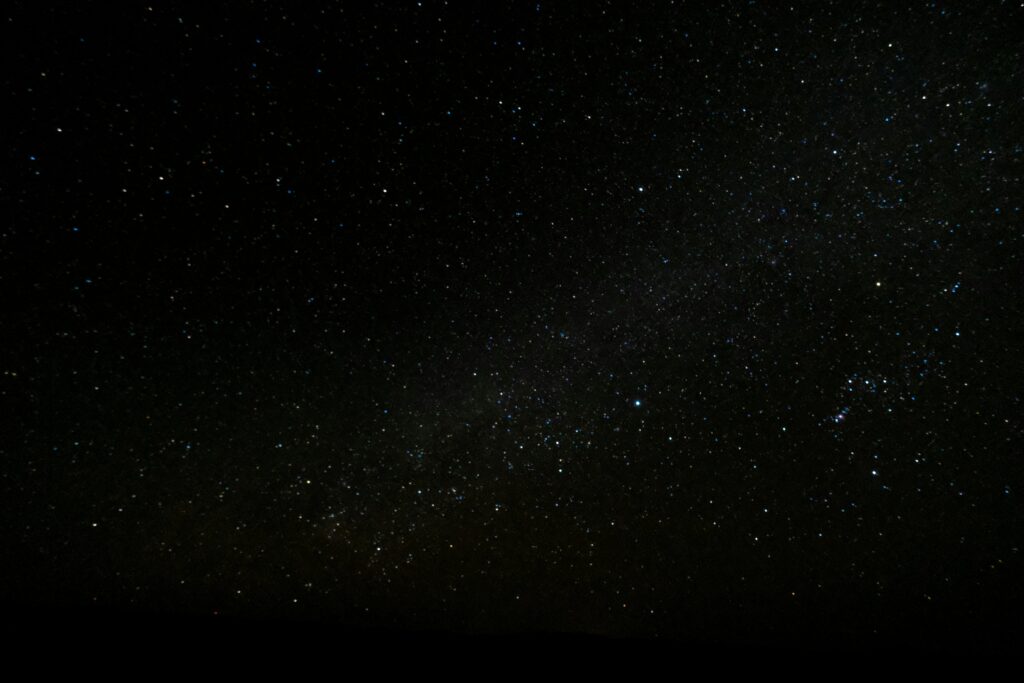
Ancient people sometimes imagined the night sky as a giant dome with holes poked through it. Those holes, they believed, were where the light of heaven leaked in. This made the stars feel eerie, like little eyes watching from the other side.
It also carried the frightening idea that if more holes appeared, the dome could tear open. If that happened, the realm of the gods might collapse onto Earth. Some elders told children to behave or risk more holes being made in the sky. The stars, in this sense, were a constant reminder of fragile boundaries.
4. Blood Moons as Harbingers of Doom
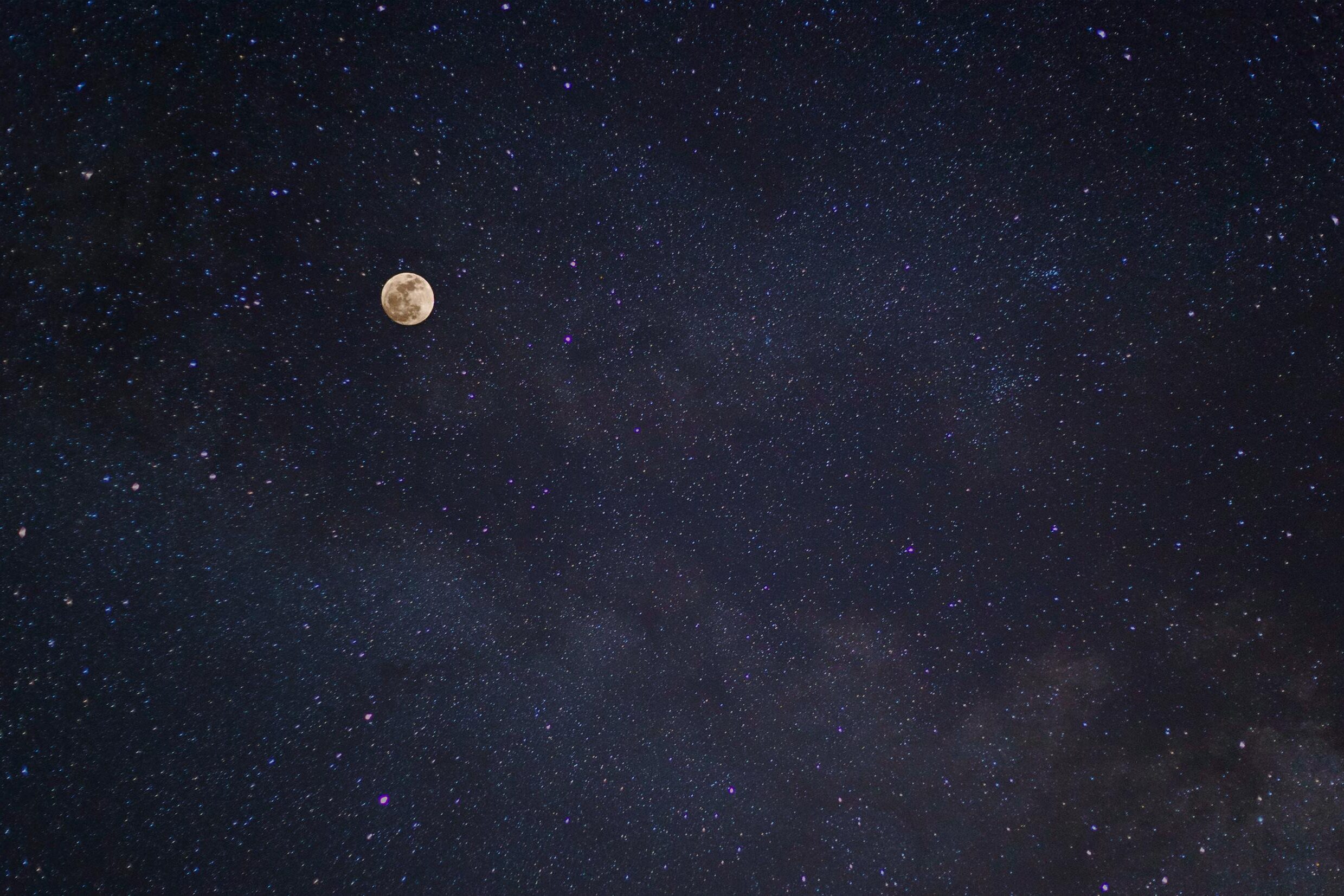
Red-tinted moons, caused by lunar eclipses, once terrified entire communities. People thought the crimson glow meant the heavens were spilling blood. Farmers would hide their livestock and warriors prepared for battle.
In some places, priests performed rituals to ward off disaster. Stories spread that the world was about to end or that gods demanded sacrifice. Instead of being a fascinating celestial event, a blood moon felt like a direct threat. It was a reminder that the sky could turn against humanity at any moment.
5. The Pleiades Bringing Misfortune
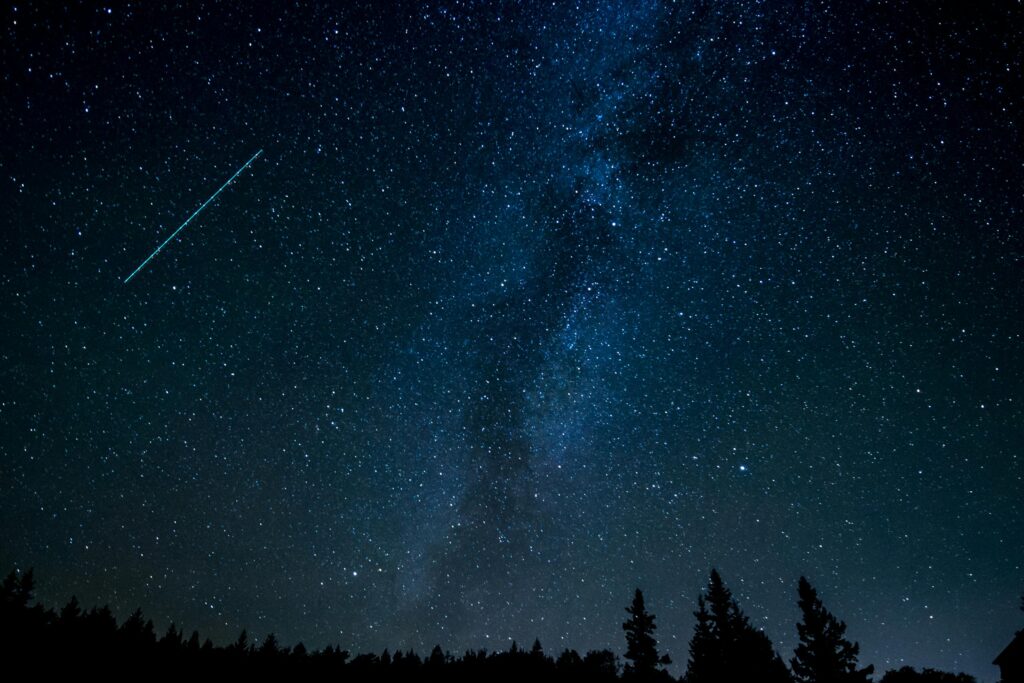
The cluster of stars called the Pleiades has been viewed with suspicion in different cultures. Some thought their rising in the sky brought famine or storms. Entire harvests were said to fail if the stars appeared too bright.
Others tied the Pleiades to wandering spirits, suggesting they represented lost souls. Seeing them overhead on certain nights was seen as an omen of hardship. Travelers avoided long journeys when the cluster was at its peak. Instead of a pretty sparkle, they became a warning light in the heavens.
6. The Milky Way as a Ghost Road
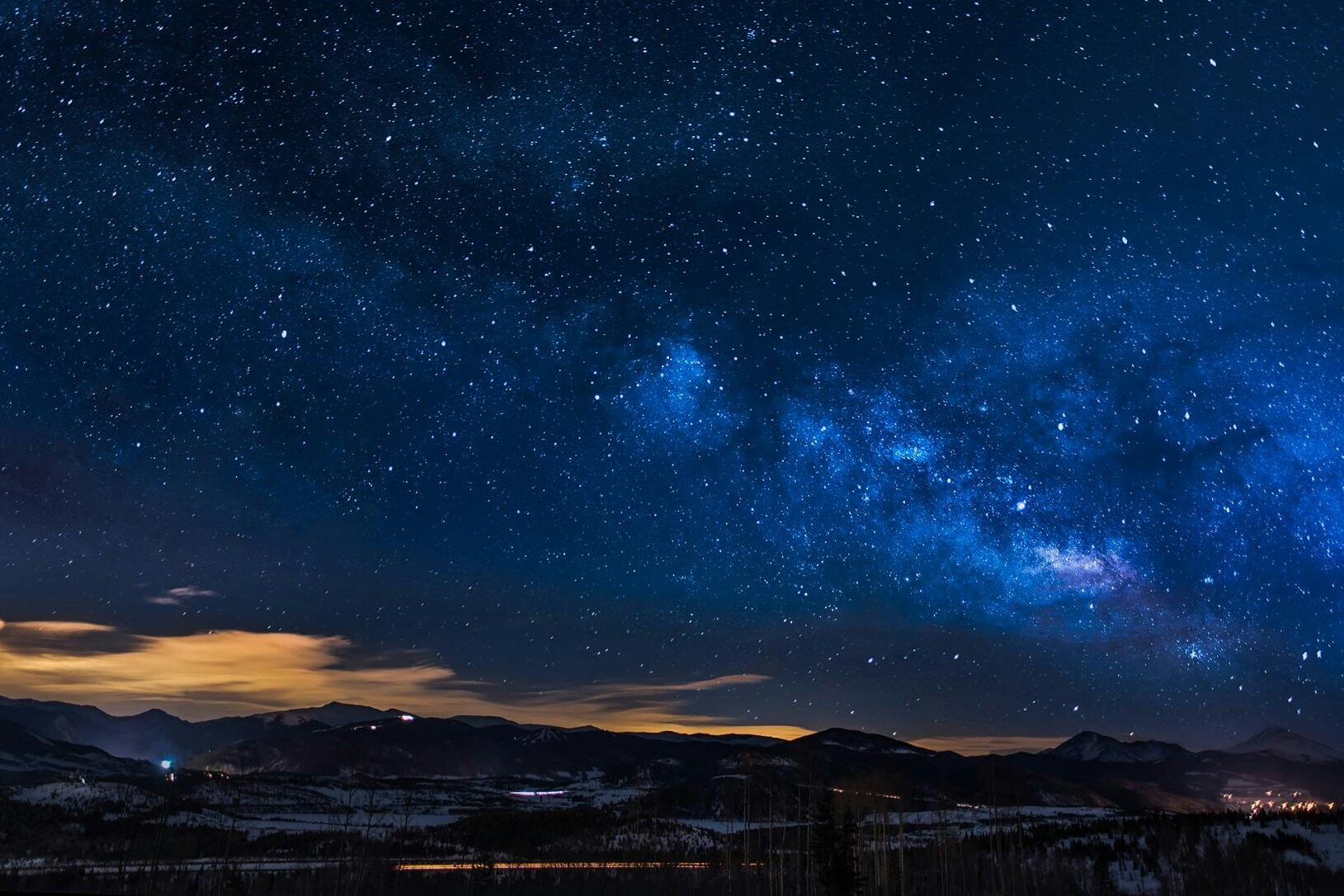
For many cultures, the hazy streak of the Milky Way wasn’t a galaxy but a path for spirits. It was believed that the souls of the dead traveled along it toward the afterlife. At night, families would hush children, saying the ghosts were passing overhead.
This made the stars comforting but also chilling. It meant that every clear night was crowded with invisible souls making their journey. People sometimes left offerings outside so spirits wouldn’t get lost on the way. It gave the night sky a haunting sense of company.
7. Eclipses as Monsters Eating the Sun
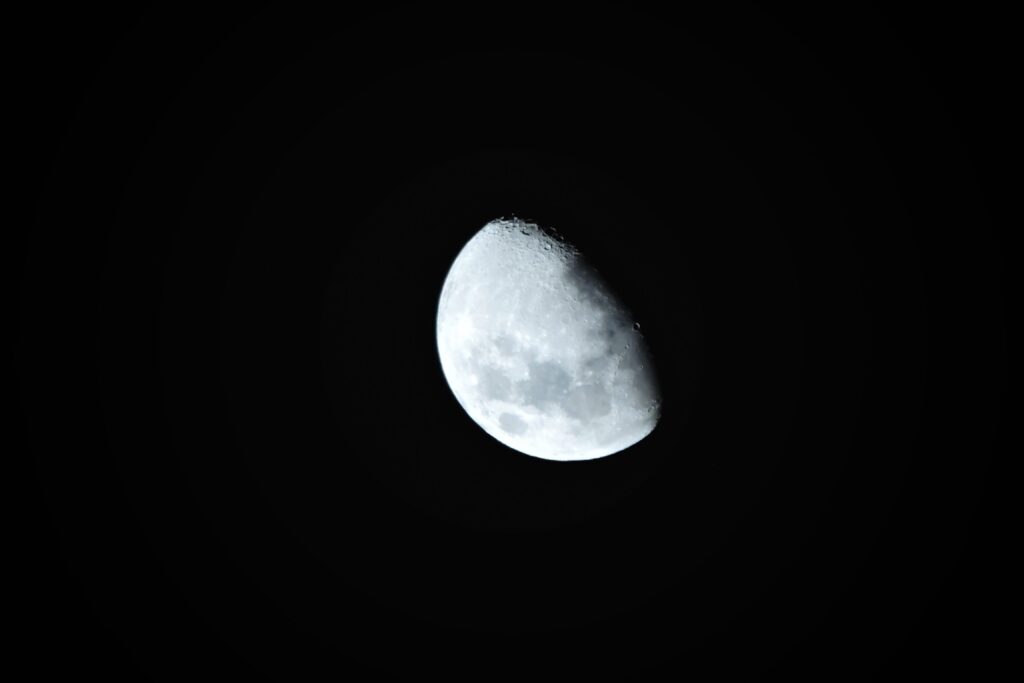
When the sky suddenly darkened during a solar eclipse, ancient people panicked. Many believed a giant creature was devouring the sun. In China, the myth of a dragon swallowing the sun was common, leading people to bang drums to scare it away.
In other regions, the monster was imagined as a giant wolf or snake. People feared that if the creature succeeded, the sun would never return. Communities would gather together in noise and ritual to fight back the darkness. Each eclipse became a battle for survival.
8. The Moon Causing Madness
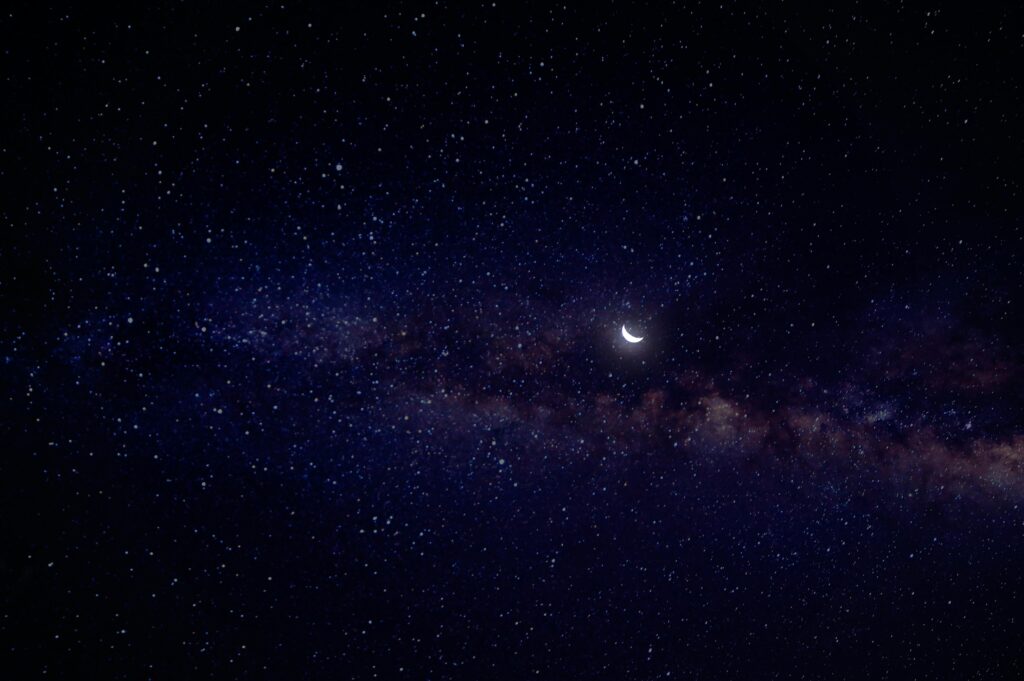
The word “lunatic” itself comes from the belief that the moon caused insanity. People thought its cycles could affect the mind, leading to strange or violent behavior. Full moons were especially feared, with stories of people losing control.
Doctors in earlier times even blamed mental illness on the moon’s pull. Some communities locked their sick inside during full moons, terrified of what they might do. It made the night sky feel like it had power over the mind. The idea of lunar-driven madness still lingers today.
9. Northern Lights as Spirits of the Dead
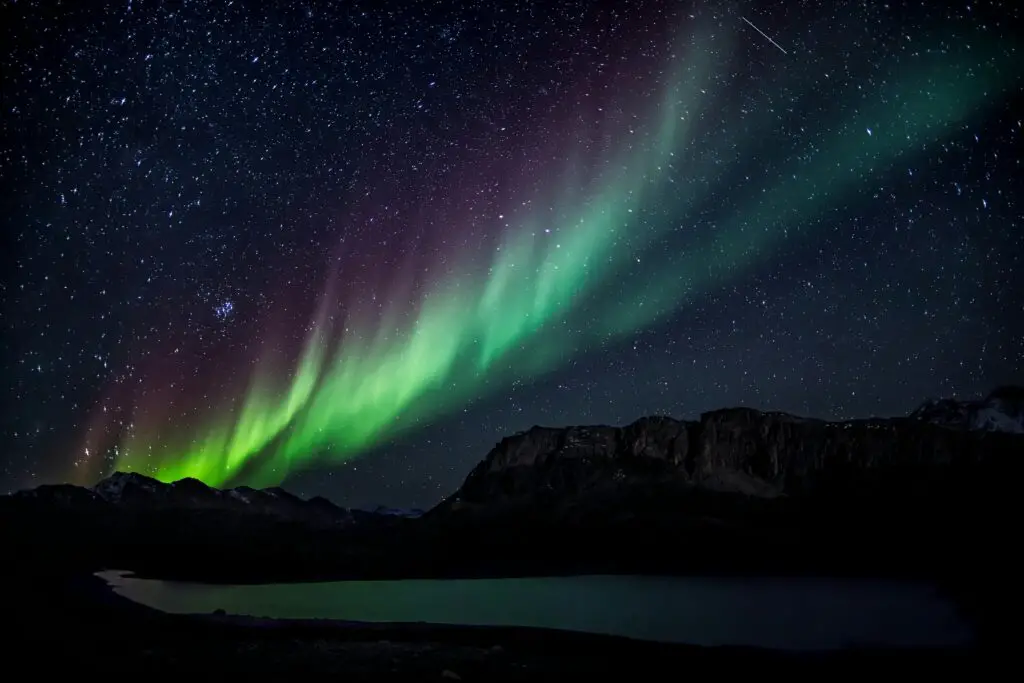
The aurora borealis is breathtaking, but to many it was frightening. Some Native American tribes believed the shimmering lights were the souls of ancestors. Watching them felt like seeing a ghostly dance in the heavens.
In Norse myths, the lights were sometimes seen as fallen warriors marching to battle. To ordinary people, it meant the sky was filled with unseen forces. Travelers often refused to move at night when the aurora appeared. It was safer to stay indoors than risk angering the dead.
10. Comets as Cosmic Curses
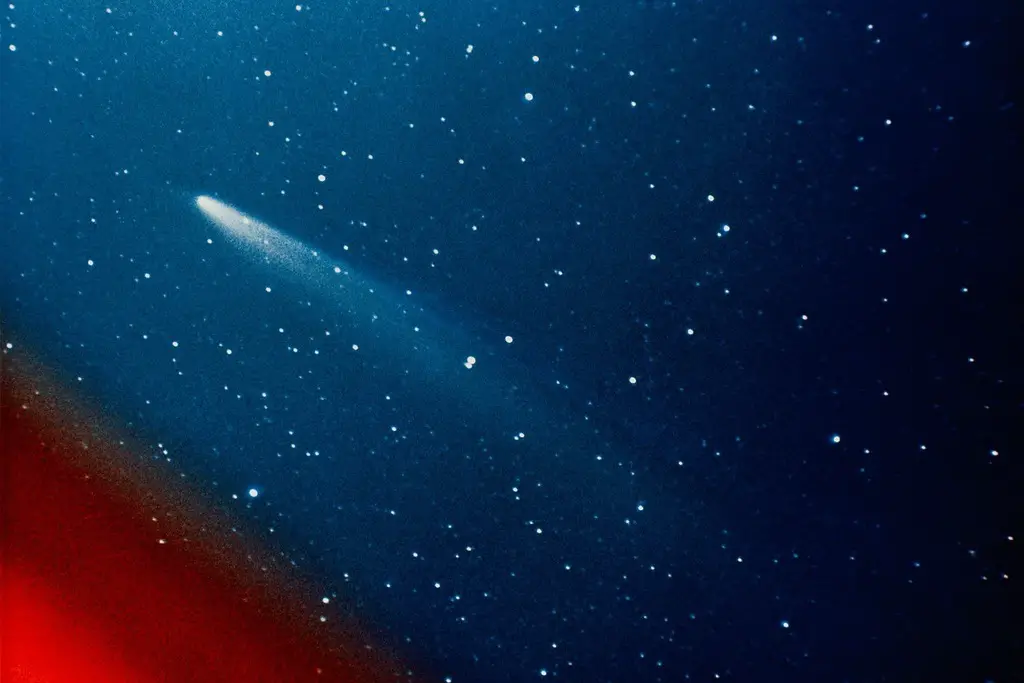
Few celestial events inspired more fear than comets. The sudden appearance of a blazing object in the sky felt unnatural. Ancient Europeans believed comets meant the death of kings or the fall of empires.
In medieval times, people tied plagues to comet sightings. The tail of the comet was thought to be dripping poison onto Earth. Leaders scrambled to find ways to appease the heavens, while villagers hid in terror. A comet was not a sign of beauty but of catastrophe.
11. Stars as Watchful Eyes
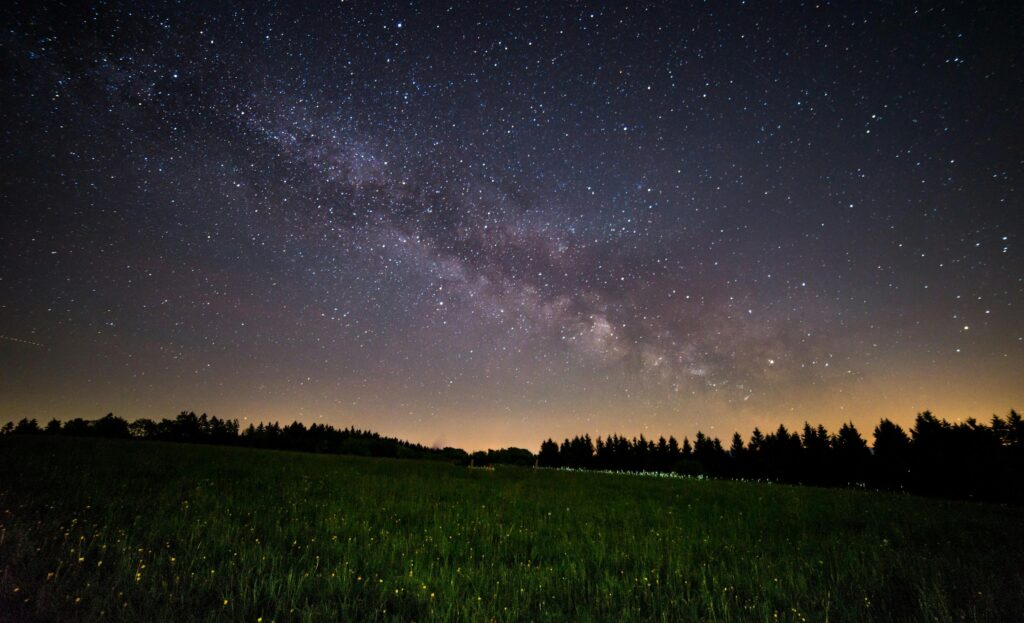
In some traditions, stars were not distant suns but the eyes of gods or spirits. This gave people the constant sense of being observed. Every flicker in the sky could be a divine glance or a warning.
This belief made the night sky feel both sacred and eerie. People whispered their secrets indoors, worried the stars would overhear. Even silence under the open sky was heavy with watchfulness. It turned stargazing into a chilling experience.
12. Dark Constellations as Omen Beasts
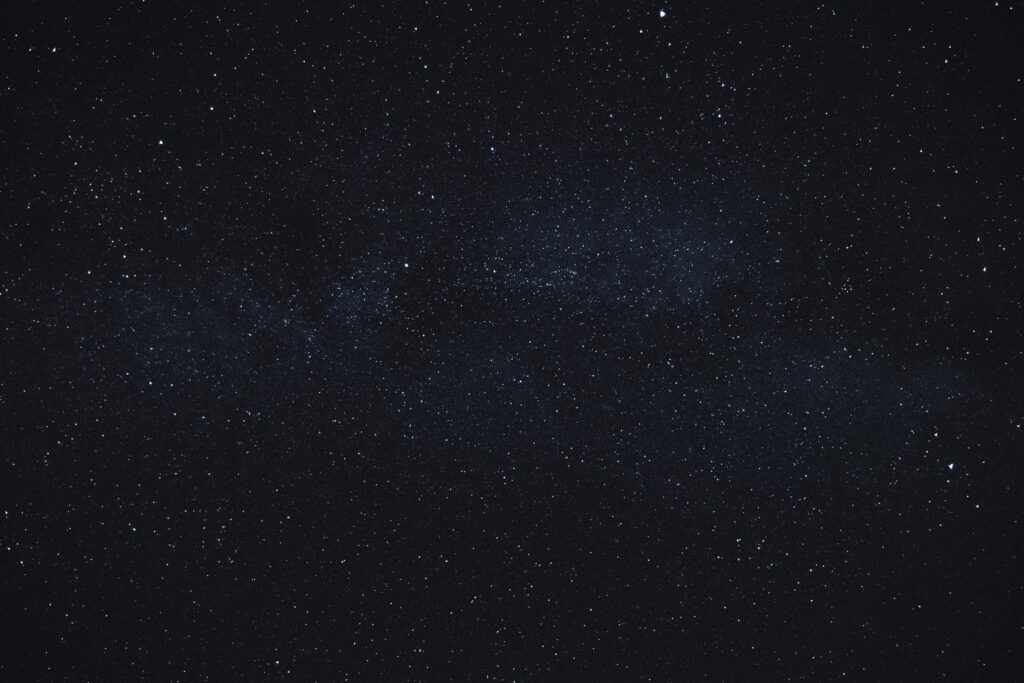
Not every culture focused on bright stars. In South America, some saw shapes in the dark gaps of the Milky Way. These “dark constellations” often took the form of animals like snakes or jaguars.
The creatures weren’t friendly, though—they were often tied to bad luck or death. Farmers would avoid planting during their appearance. Hunters feared crossing paths with these sky-beasts at night. Instead of inspiration, the constellations carried warnings.
13. The Sun Dying at Night

Some early cultures believed the sun actually died every night. Its disappearance was thought to be a literal death, with morning as a miraculous rebirth. People feared that one day the sun might not return.
This idea made sunsets bittersweet and unsettling. Rituals were often performed at dusk to ensure the sun’s safe journey. Fires were lit to help guide it through the underworld. The night was, in many ways, a long period of uncertainty.
14. The Moon as a Prison
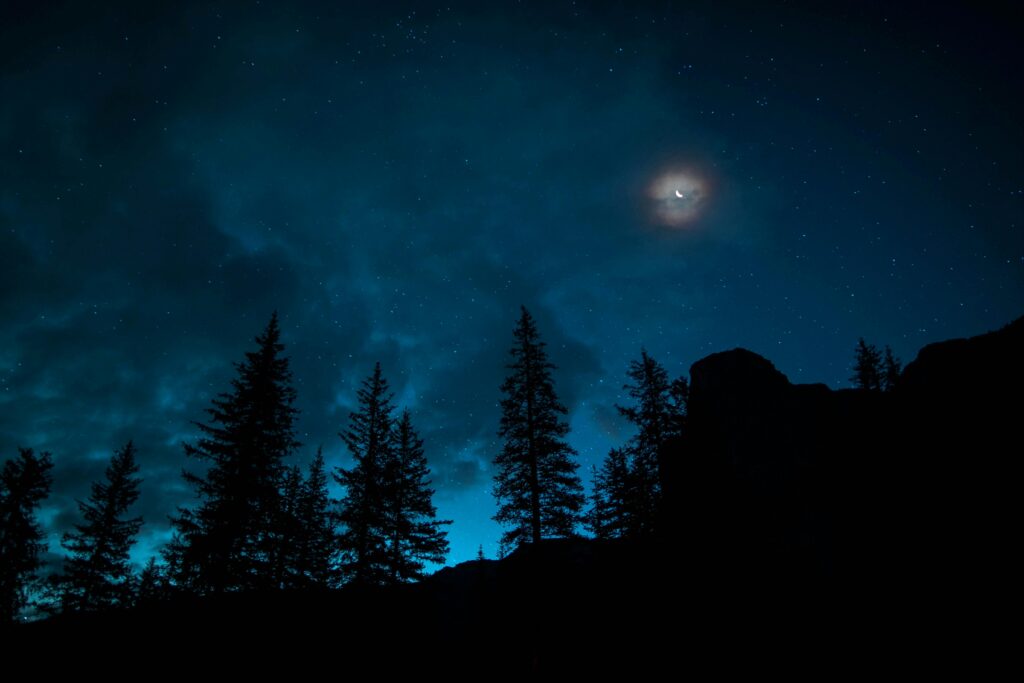
In certain myths, the moon wasn’t just a rock in the sky but a place of punishment. Wrongdoers were believed to be trapped there for eternity. The dark patches on its surface were said to be the silhouettes of these prisoners.
Parents would point to the shadows as cautionary tales. “Behave, or you’ll end up stuck in the moon,” they’d say. The idea gave lunar phases a sinister feel, as if the prisoners shifted each night. Even the moon’s glow felt haunted with trapped souls.
15. Whistling at Night Summoning Spirits
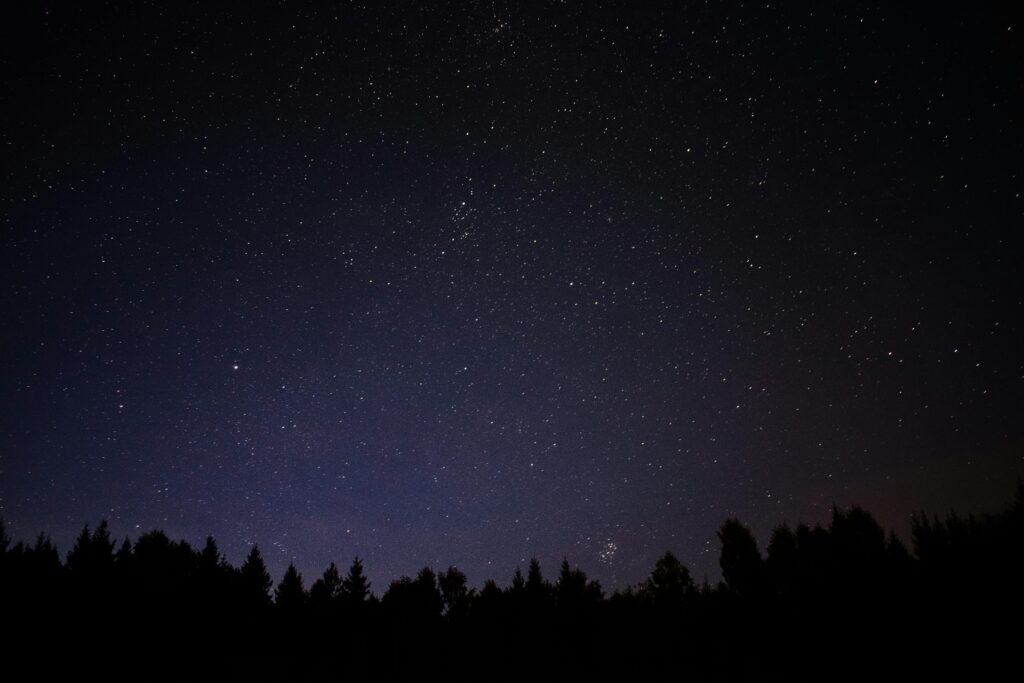
In some cultures, people were warned never to whistle at night under the stars. It was believed that whistling called down spirits from the sky. These weren’t friendly beings but tricksters or even malevolent entities.
Villagers would silence anyone who broke the rule, terrified of what might follow. Strange noises at night were often blamed on sky-spirits that had been summoned. The stars overhead became gateways for these restless beings. A simple whistle could turn the peaceful sky into a haunting threat.
